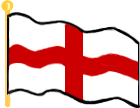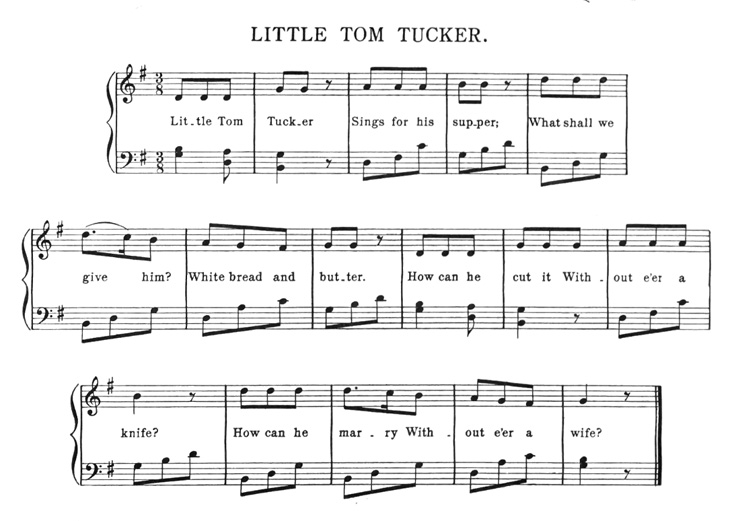Little Tommy Tucker
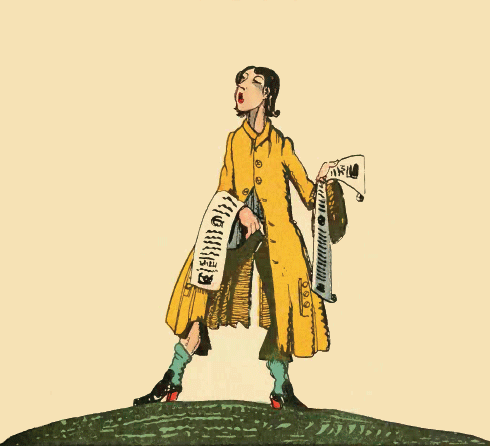
Little Tommy Tucker
El pequeño Tommy Tucker
Rima
Rima
(Inglés)
(Español)
Little Tommy Tucker,
Sings for his supper.
What shall he eat?
White bread and butter.
How shall he cut it
Without e'er a knife?
How will he be married
Without e'er a wife.
El pequeño Tommy Tucker,
Canta por su cena.
¿Qué comerá?
Pan blanco y mantequilla.
¿Cómo lo cortará
Sin siquiera un cuchillo?
¿Cómo se casará
Sin siquiera una esposa?
Notas
Ha aquí una ligera variante del Mother Goose (1881) de Kate Greenaway:
Little Tom Tucker,
He sang for his supper.
What did he sing for?
Why, white bread and butter.
How can I cut it without a knife?
How can I marry without a wife?
Traducción española
El pequeño Tommy Tucker,
Cantaba por su cena.
¿Por qué cantaba?
Pues, por pan blanco y mantequilla.
¿Cómo puedo cortarlo sin cuchillo?
¿Cómo me puedo casar sin esposa?
Esta rima aquí abajo parece ser otra variante de la misma rima. Uno puede hallarla en A History of Nursery Rhymes (1899) de Percy B. Green:
Little Tommy Tupper,
Waiting for his supper,
What must he have?
Some brown bread and butter.
Traducción española
El pequeño Tommy Tupper,
Esperando su cena,
¿Qué tendrá?
Pan bazo y mantequilla.
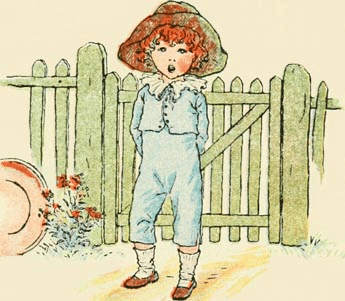
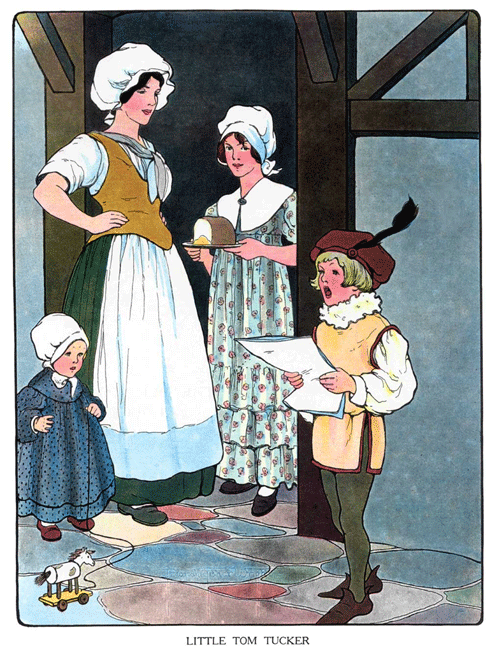
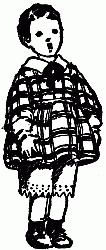
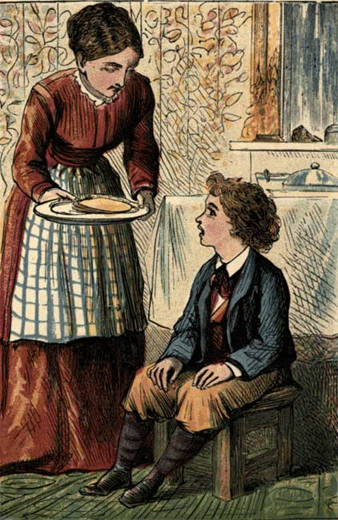

Agradecimientos
La primera ilustración proviene de Nursery Rhymes ilustrado por Claud Lovat Fraser (hacia 1922), y la segunda del Mother Goose (1881) de Kate Greenaway. Uno puede hallar esta rima y la tercera ilustración en The Real Mother Goose (1916), ilustrado por Blanche Fisher Wright. La cuarta ilustración proviene de The Little Mother Goose (1912), ilustrado por Jessie Willcox Smith. La quinta proviene de The National Nursery Book.


